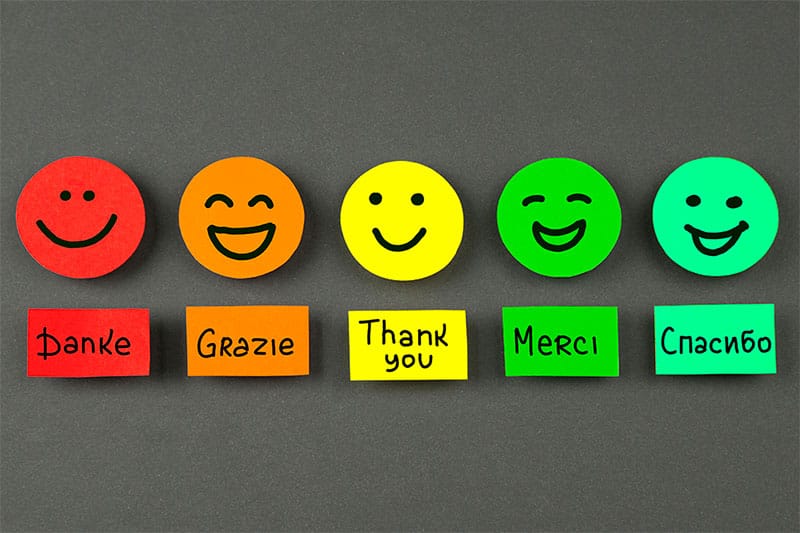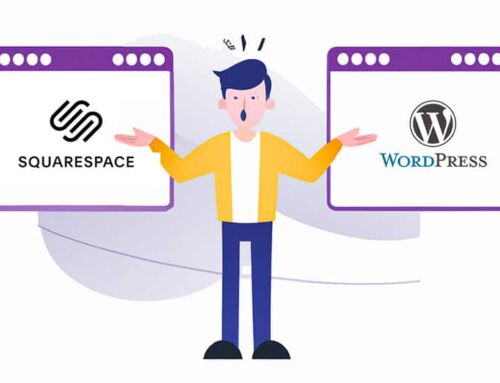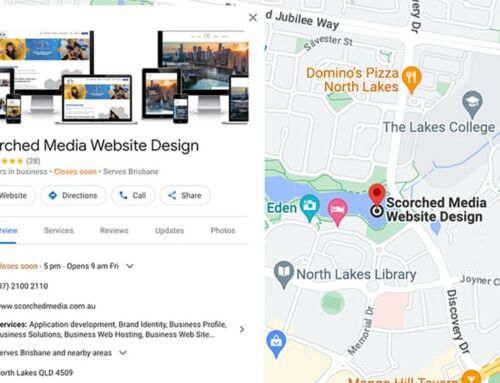AI vs. Human: Best for Website Translations?

We are currently designing and developing a website for a client targeting South Pacific Island workers, and they need to have their content translated and localised for different regions and languages.
Our client asked if it is better to provide the content in native languages or if we can use a website translation plugin.
Our instant recommendation was if you have access to native speakers, then using a native speaker to translate your content is much better for localisation as they can capture the nuances of their language much better than AI .
But is this still the best-case scenario?
What is Localisation?
Localisation is not just a translation from one language to another; it’s about making content fit seamlessly into the target audience’s cultural, traditional, and preferences. It’s about ensuring that the content speaks the same language as its reader, both linguistically and culturally. It’s the intricate balance between linguistic and cultural fluency.
The Rise of AI Translation
Artificial Intelligence has become an essential business tool in recent times, think ChatAI programs, as is the use of language translation apps. AI offers a fast, efficient way to convert content from one language to another. Especially with the availability of website translation plugins. But is speed all that’s needed?
When comparing AI vs. Human Translation, a clear difference emerges in the connection between the reader and the content due to language localisation. While AI can quickly produce basic translations, it still needs work on infusing content with local language representation. It struggles to accurately capture cultural references, can’t always understand idioms, and cannot tailor content to local customs or cultural preferences.
Why Human Translation Delivers Better Results
Human translation isn’t just about knowing two languages; it’s about feeling them. A human translator can interpret the meaning of the content in the context of both the source and target languages. Their understanding doesn’t stop at words; it delves into cultural nuances, contextual subtleties, and the emotion behind each phrase.
For example, when a company wants its marketing slogan, imbued with wit and wordplay, to cross borders, a human translator can ensure it lands with the same impact in a new territory. A fitting illustration of this is Coca-Cola’s “Taste the Feeling” campaign, which saw careful localisation to echo its sentiment across various markets.
While Pepsi’s “Brings you Back to Life” campaign failed, as the Chinese translation of the slogan read, “Pepsi Brings Your Ancestors Back from the Grave.”
When providing detailed technical or emotive content, human translators employ contextual judgment, ensuring translations are accurate and faithful. In contrast, automatic AI translation will often generate the content without context.
The Shortcomings
Of course, both AI and human translation have their sets of challenges. Humans will make mistages, especially under tight schedules. These inaccuracies, however, can often be rectified through proofreading. On the flip side, while AI translations come cheaper and faster, they sometimes miss the mark in understanding context, cultural sensitivity, and the real essence behind certain expressions. Especially when it auto-generates website content, leading to content that’ while technically correct, it just doesn’t read well and can feel alien or even insensitive.
Striking the Balance
So, where does this leave businesses, especially those like our client, where every word can shape user experience and interaction?
While the use case for AI translation is undeniable, especially in scenarios demanding speed and scalability, there’s an irreplaceable human touch that AI lacks. Human translators should be the go-to for businesses eyeing international markets or culturally diverse audiences. Their ability to imbue content with local sentiment is unparalleled.
However, a hybrid approach might be the future. Use AI for quick, high-volume translations but rely on humans for content that requires depth, cultural understanding, and nuance. This combination ensures accurate, culturally relevant translations while keeping both time and cost-optimised.
All things being considered, our original recommendation stands: if you have access to native speakers, their expertise is unmatched in localisation and ensuring your website content hits its mark with the target audience.
Scorched Media designs and develops many different types of websites. However ensuring the content resonates deeply with its audience will always be our top priority. AI has its strengths, but humans have the upper hand when it comes to understanding the human heart and mind.




